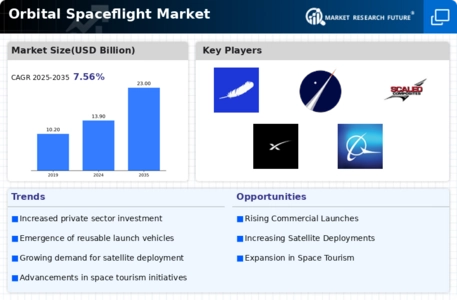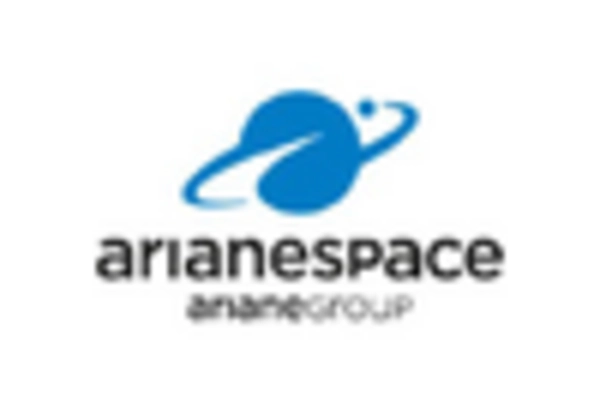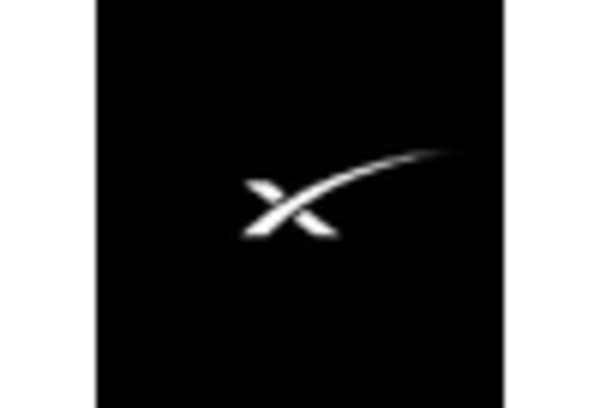Market Share
Orbital Spaceflight Market Share Analysis
The Orbital Spaceflight sector is going through significant shifts, mainly due to the improvements in space travel, increase of commercial entities stepping into the sector and, the young partnerships between the private and public sectors. Orbital launches of small satellites, which require less financial resources and engineering expertise, has been the biggest factor of change. The fast growing market for small spacecraft for earth observation, communication and scientific research is striving at generation of a new type of dedicated launchers for small satellites. All vendors of launch services react to these tendencies by offering ride-sharing car seats, cutting the costs and increasing a rate of flights to meet a growing mass of small satellites which would need to be delivered into the orbit.
The other leading innovation in Orbital Spaceflight market has been the adoption of reusable launch systems where rockets are designed to deliver to space, return to Earth, and launch again. Companies themselves are seeking to develop and upscale the reusable stages of the rockets with a view to reduce the total cost of space access. The use of reusable launch vehicles like SpaceX's Falcon 9 and Falcon Heavy have been shown to be a practical method to reuse major components and is reducing launch costs and therefore opening space exploration up to affordability. This is turning the economics of space launch business and being the fore runners of getting the efficient as well as sustainable spaceflight solutions.
On the other hand, it is not only the governmental human space flight tasks are seeing a revel. Space agencies that have traditionally been heavily used can now take a back seat due to the rise of the private sector that is innovating space tourism services, attempting to make space travel available to anyone. Programs such as Blue Origin's New Shepard and SpaceX's Crew Dragon demonstrate the fact that commercial human spaceflight operations are picking up pace. The development and the offer of variety of space tourist activities by private sector players is a clear indicator about how the industry of space exploration is being democratized with the entities from private sector taking active part in its expansion as well as opening new vistas for space tourism.
The creation of mega-structures is a big theme in the orbital spaceflight industry. From SpaceX (Starlink), OneWeb, to Amazon (Project Kuiper), big names in the market are planning or have already launched their campaigns around large numbers of small satellites that offer a global broadband internet service. Thus, it is the growth of the demand on high rate, low latency web services around the world that make this trend. Mega-constellation deployments are oxygenating the satellite manufacturing and launch sector, with firms becoming more embroiled into launches of clusters as a way of avoiding launch delays and be more cost efficient.
On the other hand, there's an increasing demand for interplanetary trips and outer space ventures started to be viewed as a new frontier. Spacecraft propulsion system improvements and extended flight duration capabilities due to advanced technologies made it possible for humans to undertake great task that are beyond Earth's orbit from now on. This trend represents a renewed enthusiasm to look for exploring and use saving resources in our solar system, with the Moon and Mars being the primary targets for science exploration and future human lives.

















Leave a Comment